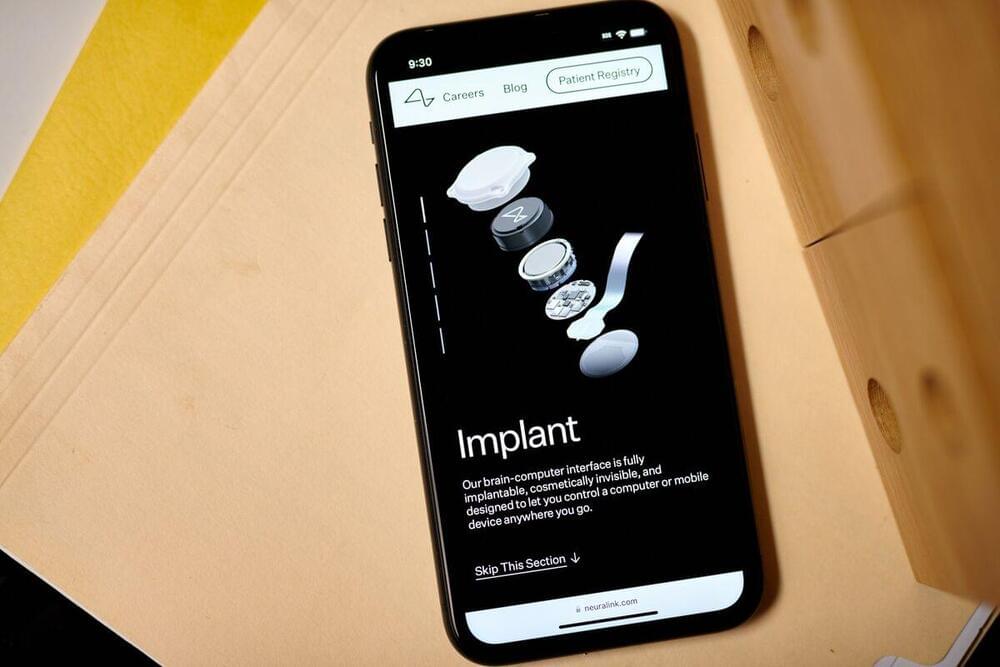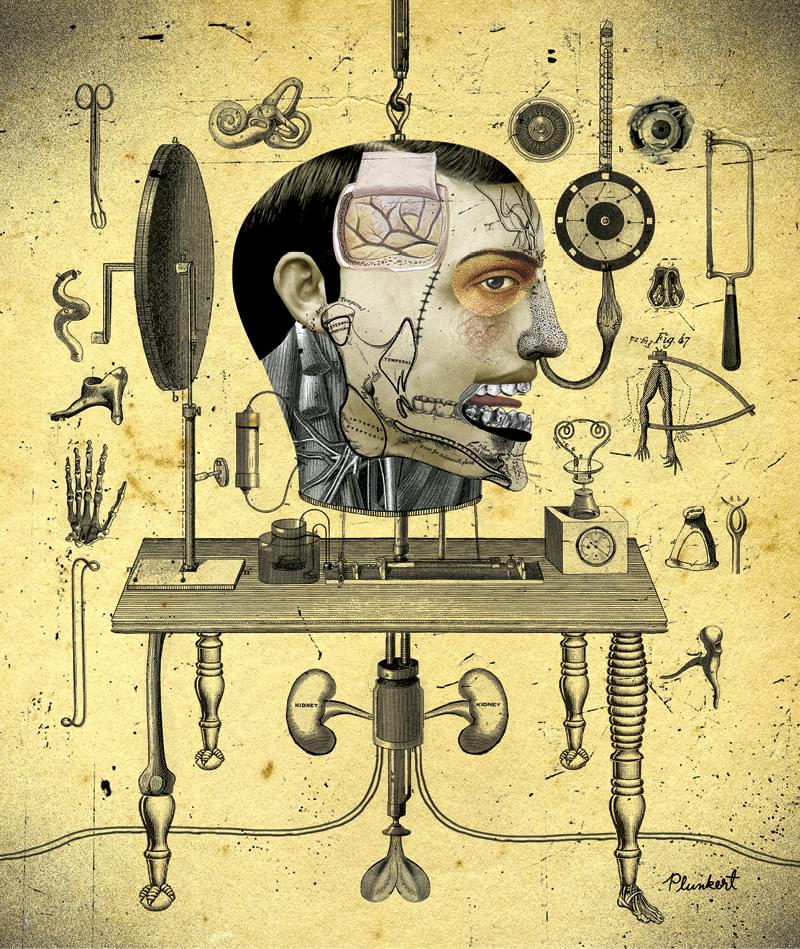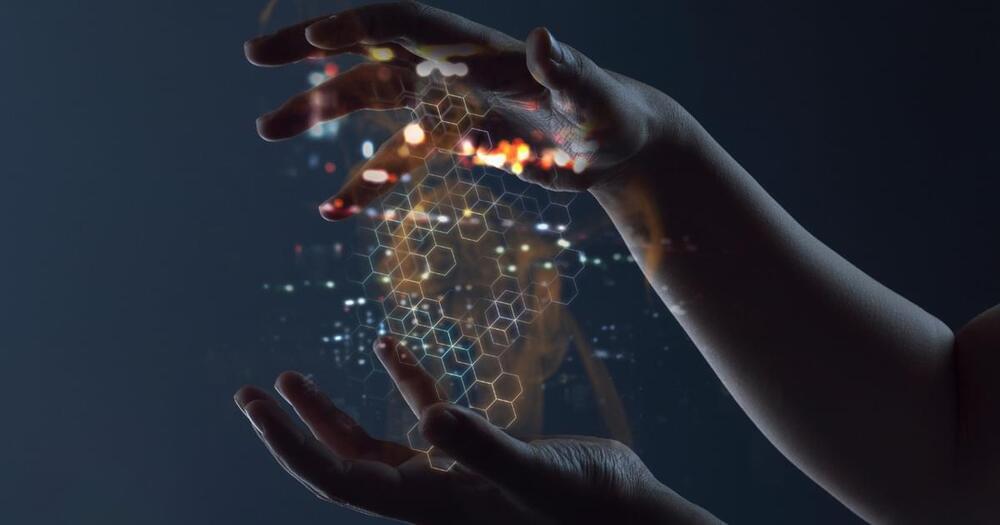bigsmile yay face_with_colon_three
An engineered cardiac patch has been created that incorporates human cells with flexible electronics and a nanocomposite structure to not only replace damaged heart tissue, but also provide remote monitoring, electrical stimulation, and the release of medication on demand. Using electroactive polymers and a combination of biological and engineered parts, the patch contracts and expands just like normal human heart tissue, but regulates those actions with the precision of a finely-tuned machine.
Invented by Professor Tal Dvir and PhD student Ron Feiner of Tel Aviv University (TAU), this new breakthrough medical device is claimed by its creators to have capabilities that surpass those of human tissue alone. As such, this patch may give new hope to people such as those 25 percent on the US national waiting list that may die before a suitable transplant heart becomes available, by effectively offering a way to fix – rather than replace – their own heart.
While a veritable horde of artificial and artificially-grown hearts are on the medical horizon (such as a silicone foam version from Cornell University and Berkeley’s heart grown on a chip), the wait for such things to be fully developed and come to market doesn’t help those facing the prospect of dying in the near future. This is the area where the TAU creation may prove to be the most valuable.







